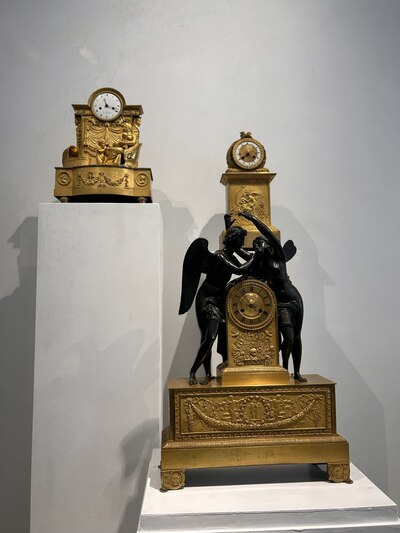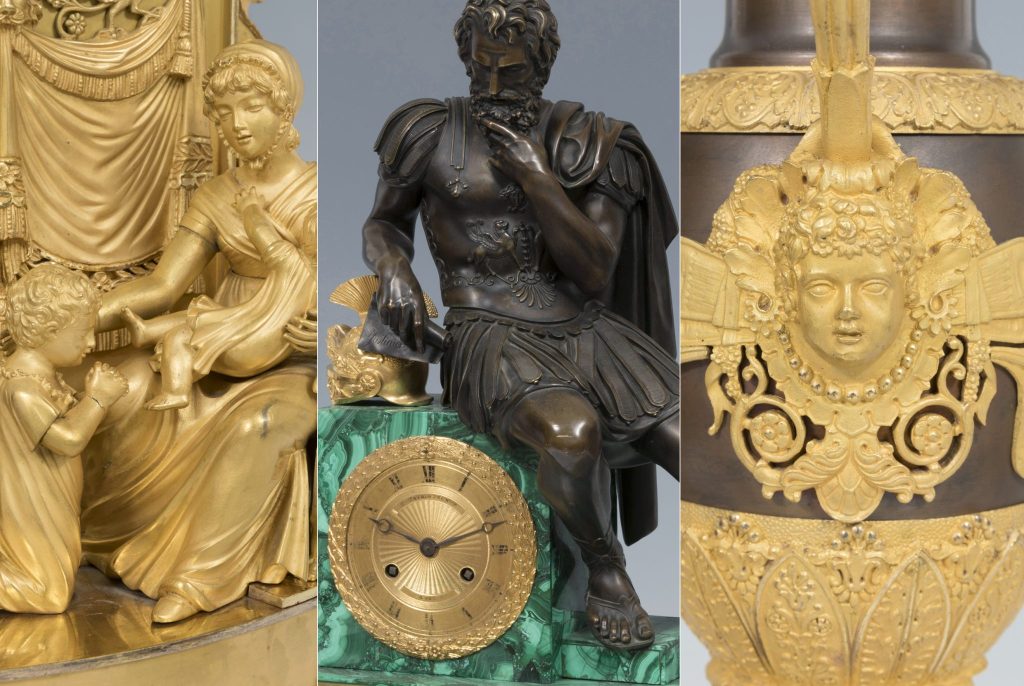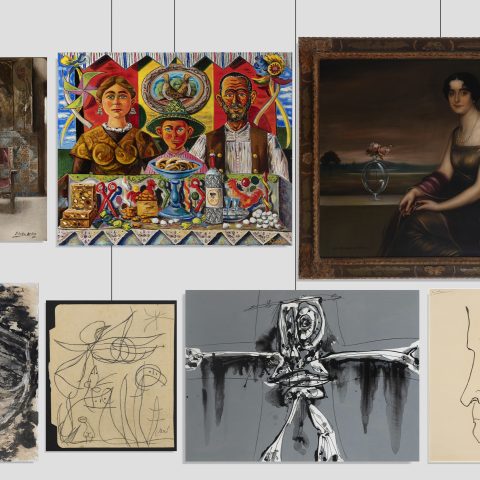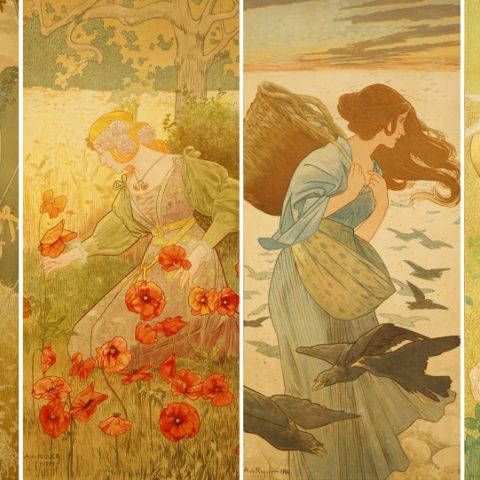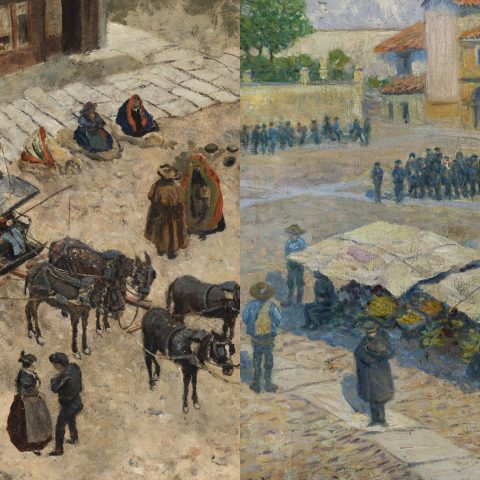“May he go to hell! Even the gilder whose brain has succumbed to the vapors of quicksilver is more passionate than he,” exclaimed Flamíneo to Paulo Giordano Orsini, Duke of Bracciano, in John Webster’s tragedy, “The White Devil,” of 1612. The mercury gilding technique, although it reached its peak at the beginning of the 19th century, was known since ancient times. The first piece gilded with this technique dates back to the 4th century B.C.: a copper ring found in Egypt. Its use became popular during the Middle Ages and was perfected from the 17th century onwards, reaching its peak in the first third of the 19th century, to be finally banned a few years later.
The gilders (or gilders, since many were women), as Flaminius pointed out, were constantly exposed to toxic mercury vapors, which drastically shortened their life expectancy. Although they were aware of the risks and took various precautions – chewing bread, placing a silver coin on the tongue or wearing a mask and trying to breathe through the back of the neck – none of these measures were sufficient to prevent the inevitable poisoning. The final solution was as drastic as it was necessary: a total ban on the use of this technique.
Around 1830, French legislation penalized the use of mercury gilding, although until well into the 20th century, gilders intoxicated by quicksilver could still be found in some workshops. Fortunately, a few years later, alternatives emerged, such as electroplating, an electrolytic deposition technique discovered by Luigi Galvani while dissecting a frog’s leg.
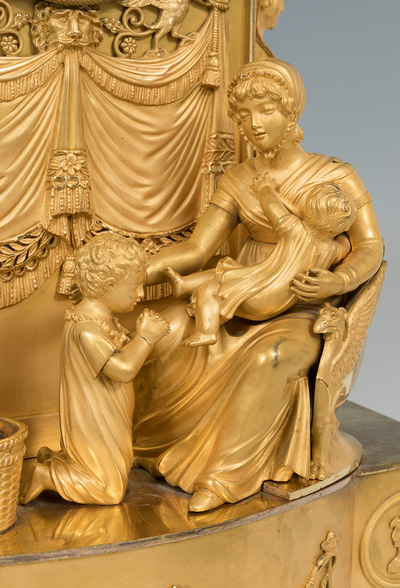
After this introduction, and knowing the background of mercury gilding, it is time to look at how this technique was applied to decorative pieces. But how was this process carried out? First, the gold amalgam was prepared, a mixture of high carat gold and ground mercury (hence the name “ormolu”), which was spread on the surface to be gilded. Subsequently, the entire piece was heated, turning from a gray to a dull gold color as the mercury evaporated. Finally, the surface could be burnished with agate to achieve an intense luster in some areas.
Among the lots tendered is 35316620, an elegant three-light chandelier from the Empire period, convertible to a candlestick when the upper third is removed. This piece preserves the mercury gilding in an impeccable state, allowing us to appreciate the contrast between the burnished and matte in some areas, such as the scroll arms that stand out on the fluted stem. It is interesting to compare the tone of the ungilded base, typical of bronze, an alloy of copper and tin, with the shiny outer surface.
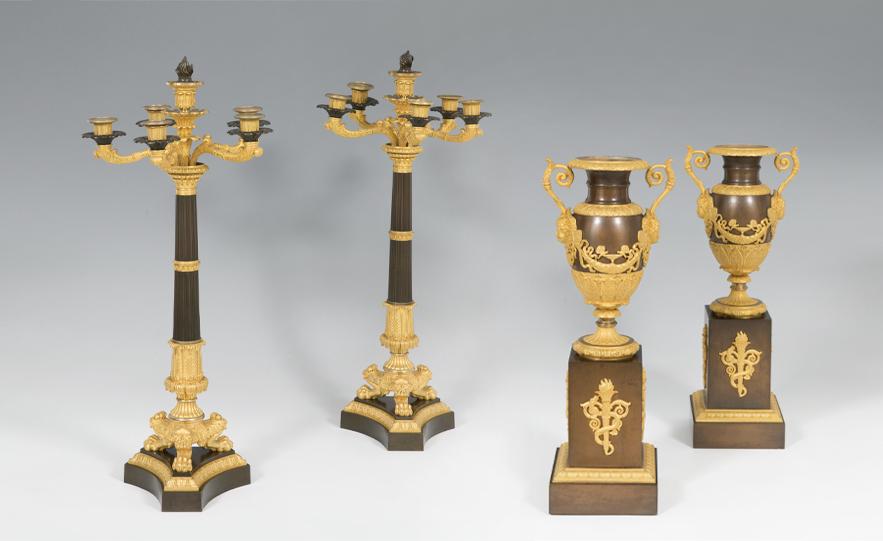
Moving forward a bit in time, to the French Restoration period, we find lot 35316618, an imposing pair of six-light candelabra combining mercury gilding, both matte and burnished, with a patinated stem. This design both evokes and anticipates André-Charles Boulle’s works for Louis XIV in gilded bronze and ebony, which were revived during the Second French Empire in the second half of the 19th century.
From the same period are this pair of cups, lot 35316621, which again combine mercury gilding with patina on some surfaces of the bronze. It is worth noting the very fine chiseling of the metal, models similar to those produced by the workshop of the famous Pierre-Philippe Thomire and which are closely related to those that crowned the frame of another piece available for private sale at Setdart, a dressing table with mirror attributed to Talleres Reales, lot 35307147.
Entering fully into the watches, there are three pieces chosen for their mercury gilding.
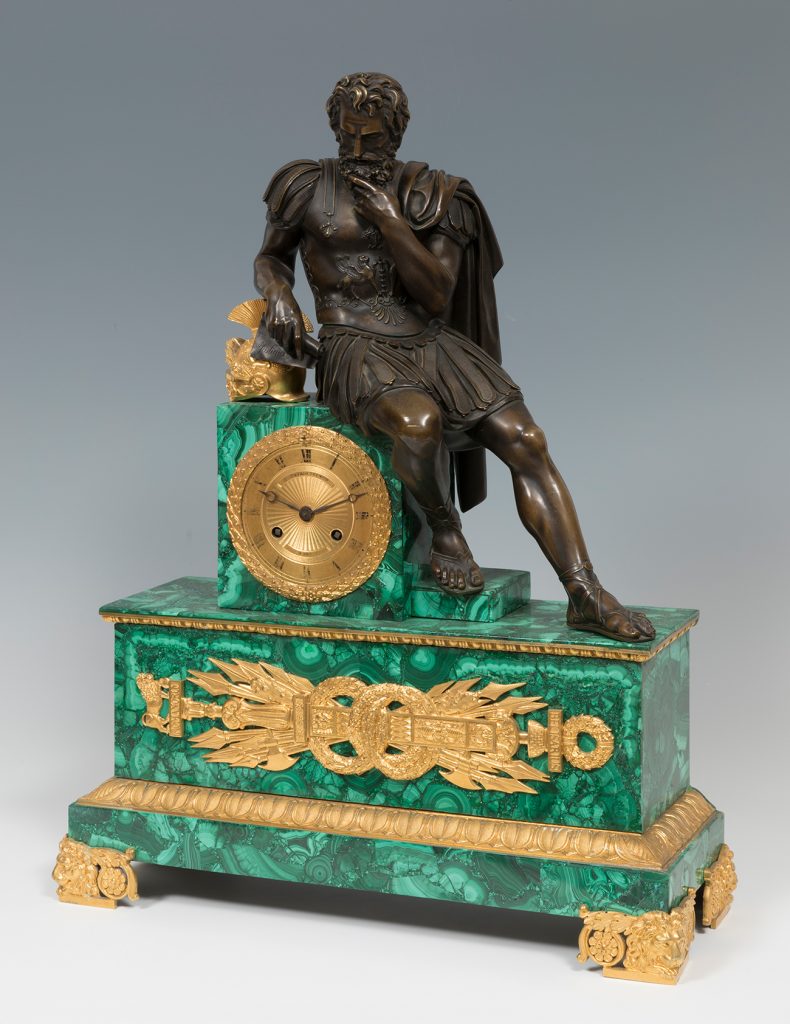
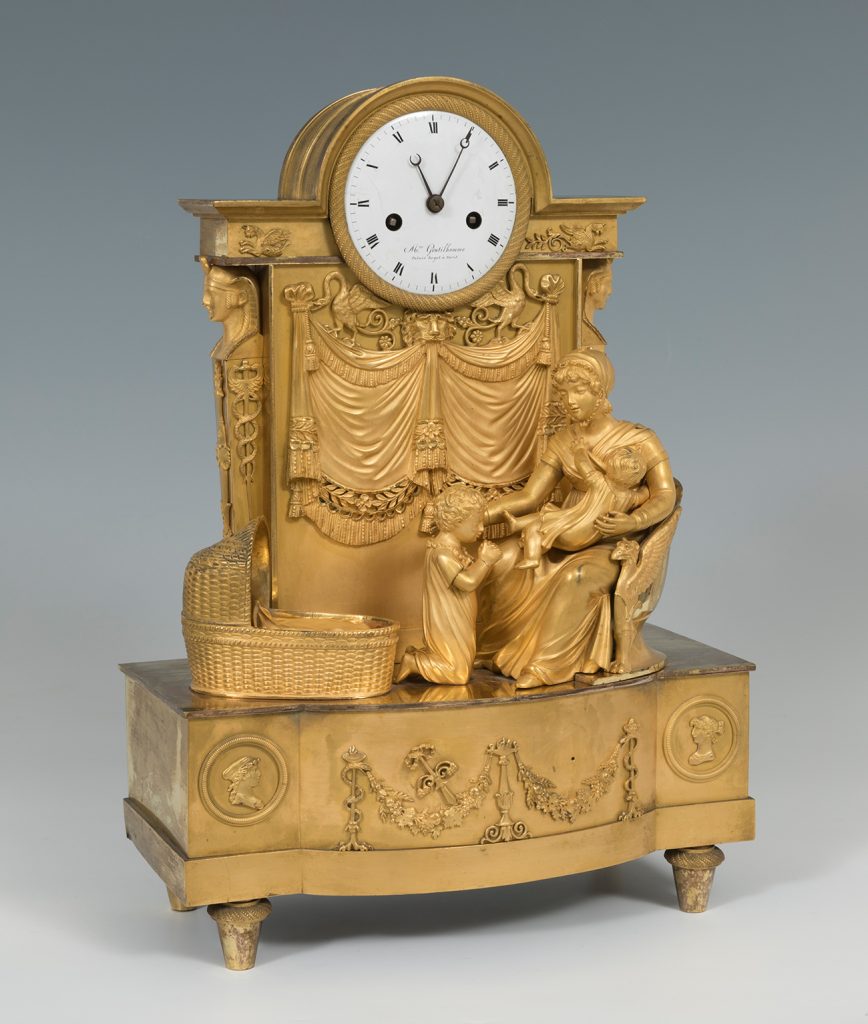
The lot 35316600 combines bronze applications with malachite plates, a mineral that enjoyed great success in Russia thanks to the important mines discovered in the Urals and that spread throughout the rest of the European continent.
The lot 35315544 stands out for two main reasons: firstly, for the exceptional quality of the bronze, both in gilding and chiseling; and secondly, for its historical and symbolic value. The piece depicts María Carolina de Borbón-Dos Sicilias, Duchess of Berry, praying with her two children before going to sleep. The newborn was to be the future Henri d’Artois, grandson of Charles X and pretender to the French throne after the death of his grandfather. Moreover, this work was made by Louise Admirat, one of the few women watchmakers working in Paris during the first decades of the 19th century, which adds additional value to this extraordinary piece.
Finally, lot 35316622, a table clock featuring the well-known patinated bronze sculptural group of Cupid and Psyche by Claude Michallon, stands out. This piece combines with great mastery the mercury gilding with the delicacy and candor of the scene that crowns the set, creating a visual harmony that highlights its elegance and refinement.
